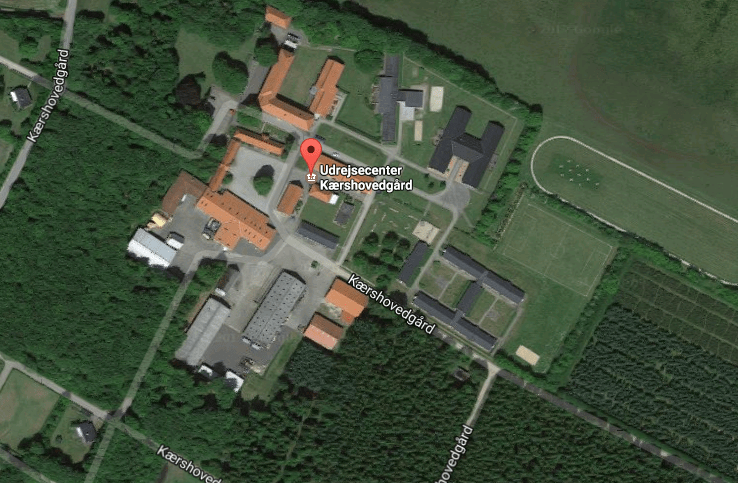Some 1,960 rejected asylum seekers in Denmark have gone underground, reveal April figures from the Immigration and Integration Ministry.
The rejected asylum seekers were supposed to be deported to their home countries but have disappeared and the Danish authorities do not know about their whereabouts.
The fact has come to light after the Swedish police announced yesterday that the man responsible for the terror attack in Stockholm was also a rejected asylum seeker, who went missing on February 27.
According to the Swedish police, there are about 12,000 rejected asylum seekers in the country who have gone underground.
READ MORE: Danish capital to increase pedestrian safety after Stockholm terror attack
Creates sense of insecurity
Dansk Folkeparti and Socialdemokraterne have requested a thorough check of the Danish deportation system.
“I think it is a very high figure, as it appears there are nearly 2,000 people [in Denmark] we don’t know where they are,” a DF spokesperson, Peter Skaarup, told DR.
“It creates a sense of insecurity in the Danish population.”
According to the Immigration and Integration Ministry, the authorities close a case of a missing rejected asylum seeker either if they are found again or if they are not apprehended within 18 months, when they are believed to have left the country in accordance with the official orders.
In Denmark, there are two deportation centres – Sjælsmark in central Jutland and Kærshovedgård in north Zealand – which handle the rejected asylum seekers.
At Kærshovedgård centre, residents have a biometric ID, which they use to register their comings and goings. If they are not registered by the system for 72 hours, they are believed to have left and their rooms are cleared out.















